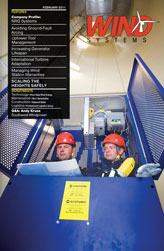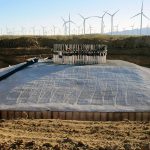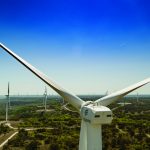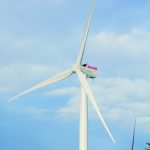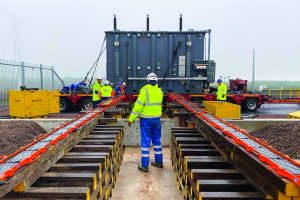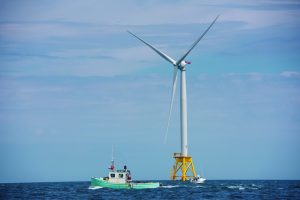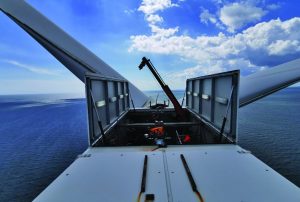For most wind farm projects, site developers outsource the delivery of components to the OEM. The price structure and delivery terms for this service vary by project, but contractually it is the responsibility of the OEM to resolve the many complex considerations involving wind component transportation. So why is it critical for the developer to understand transportation logistics early in the assessment cycle? The short answer is: the developer always pays, so it’s important to know what you are buying.
Cost Drivers
With wind farm developments expanding to new areas around the globe, traditional financial budget placeholders for logistics costs do not necessarily apply. In relatively new development areas such as South America, Africa, and parts of Asia the prospective development region may not have adequate ports, sufficient local labor, expertise, or proper transport equipment. While these issues can be overcome through capital investment or importing resources, the additional costs must be part of the project budget. To help drive overall transportation costs down, developers should understand the concept of multi-modal solutions that may include any combination of truck, rail, and potentially water options. Having these options increases the developers leverage to negotiate transportation rates. Even so there is usually a final road component to the delivery.
In some regions older road infrastructure creates substantial challenges. For instance, in some parts of the Northeast U.S. low overpasses, narrow sharply curved roads, and insufficient bridge load capacities may require circuitous routing and public infrastructure upgrades. In less developed parts of the world road conditions may create a challenge. The developer may need to build extensive private roads just to gain access to the development area. Site geographical terrain can also influence costs. Steep grades to the turbine pad site may require specialized power and assist equipment or increased capital investment in site roads to reduce grades. Transportation permit fees vary widely by region. In the U.S. alone each state has different permit fee structure for oversized loads that range from a nominal fee to thousands of dollars for each component. The costs typically increase based on the component’s dimensions and weight. As turbine sizes become larger, it is important that the developer understands the effect of turbine class size has on the cost to transport the components to site. In some cases it is possible that total transportation costs could “tip” the project budget to unfavorable.
Necessary Negotiations
Acquiring knowledge of logistical issues early prepares the developer for negotiations with potential OEMs. Not all OEMs have the same logistics capabilities and expertise, and more difficult development sites may severely stress some OEM capabilities. Given prior knowledge of the potential issues, developers are better positioned to speak candidly with the OEMs. A good understanding of costs means the developer can better assess the terms offered. Developers are also better positioned to judge the OEM’s understanding of the logistical issues and their ability to provide solutions. Knowing what the potential logistical risks are helps the developer balance them against rewards in the proposed delivery framework agreements. All delivery agreements should include measures and goals for the overall project success.
Regulatory Environment
There are no unified global regulations for transportation logistics. Typically there are multiple layers of governance that vary by local, state/provincial, and national authorities. The maze of regulations can be daunting, and since many wind components travel across multiple lines of jurisdiction it is critical that developers understand the key issues which can impact the project’s success. Regulations can often restrict delivery times and days, which can directly impact the construction schedule and cost if components are not pre-staged. The developer needs to be sensitive to the local concerns. One of many areas of local opposition may be focused on public road disruption including potential traffic slowdowns or shutdowns and progressive wear and tear of the road surface. While some traffic concerns can be mitigated by moving components en masse via rail or potentially water, most will travel at least some distance over the road. Building relationships with local and state/provincial authorities is key to positive and constructive communication. Although the developers may not ultimately acquire permits, it is important that they are well informed and can react to potential concerns. Developing early plans to address these issues will help support a foundation of public support and trust.
















